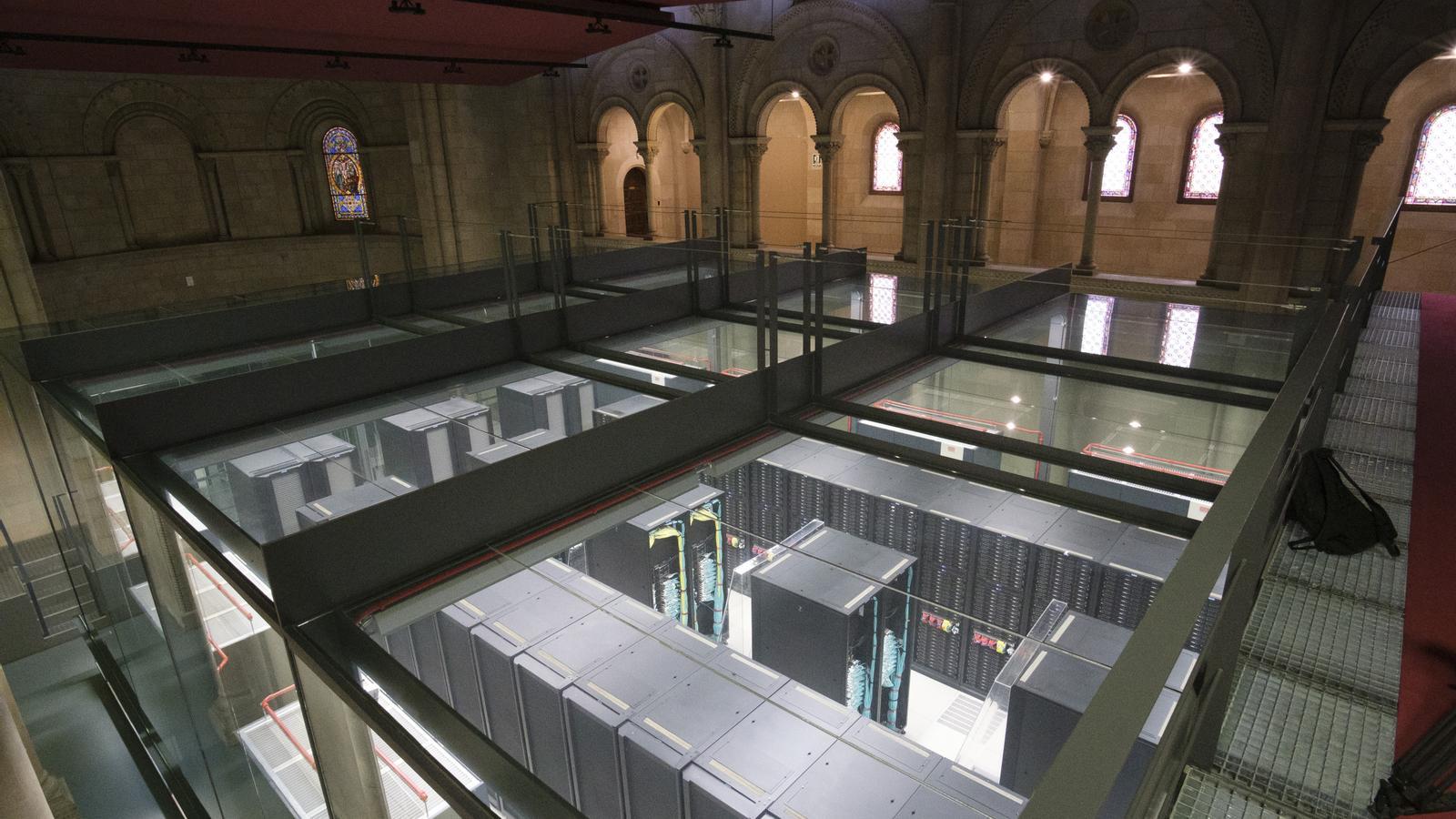Intel to open €400m microchip lab in Barcelona
Project will be installed in Barcelona Supercomputing Center with a staff of 300 workers

BarcelonaTechnology company Intel will open a pioneering microchip design laboratory at Barcelona Supercomputing Center (BSC). It will involve an initial investment, shared with the Spanish government, of €400m over a period of ten years, according to La Vanguardia. The new RISC-V processor laboratory will be built thanks to the agreement reached with Intel within the framework of the post-covid funds for microchips, approved yesterday by the executive and which has a total budget of €12,250m.
To start up the project, the North American firm and the State will contribute €20m per year in equal parts over the next ten years. The laboratory to be installed in Barcelona is one of the most important projects the microchip funds will be used for. The President of the Spanish government, Pedro Sánchez, tweeted his thanks to Intel from Davos: "Thank you, Pat Gelsinger [CEO of Intel], for choosing Spain for the pioneering laboratory of RISC-V processors".
The lab will be launched imminently and will initially hire 300 workers and its forecast is to expand the team in the medium term. The facilities will be located in the Nexus II building, within the North Campus of the Universitat Politècnica de Catalunya (UPC). In a tweet, the Generalitat's director general for Industry, Natàlia Mas Guix, also welcomed the investment and assured that "Catalonia has the industrial and research fabric to host both microchip design projects and a semiconductor factory".
The promise of attracting a factory
Intel is one of the few companies in the world that manufacture latest-generation chips, besides South Korea's Samsung –the first in revenue– or Taiwan's TSMC. Although the approved project relates to designing microchips, the FabCat initiative claims that Catalonia could also aspire to host a semiconductor or chip factory. In fact, part of the sector argues that there is a market beyond the latest generation projects (microchips of under 5 nanometres) and argues that the range of candidate companies to launch the investment would be wider if the production of larger chips were also considered.
